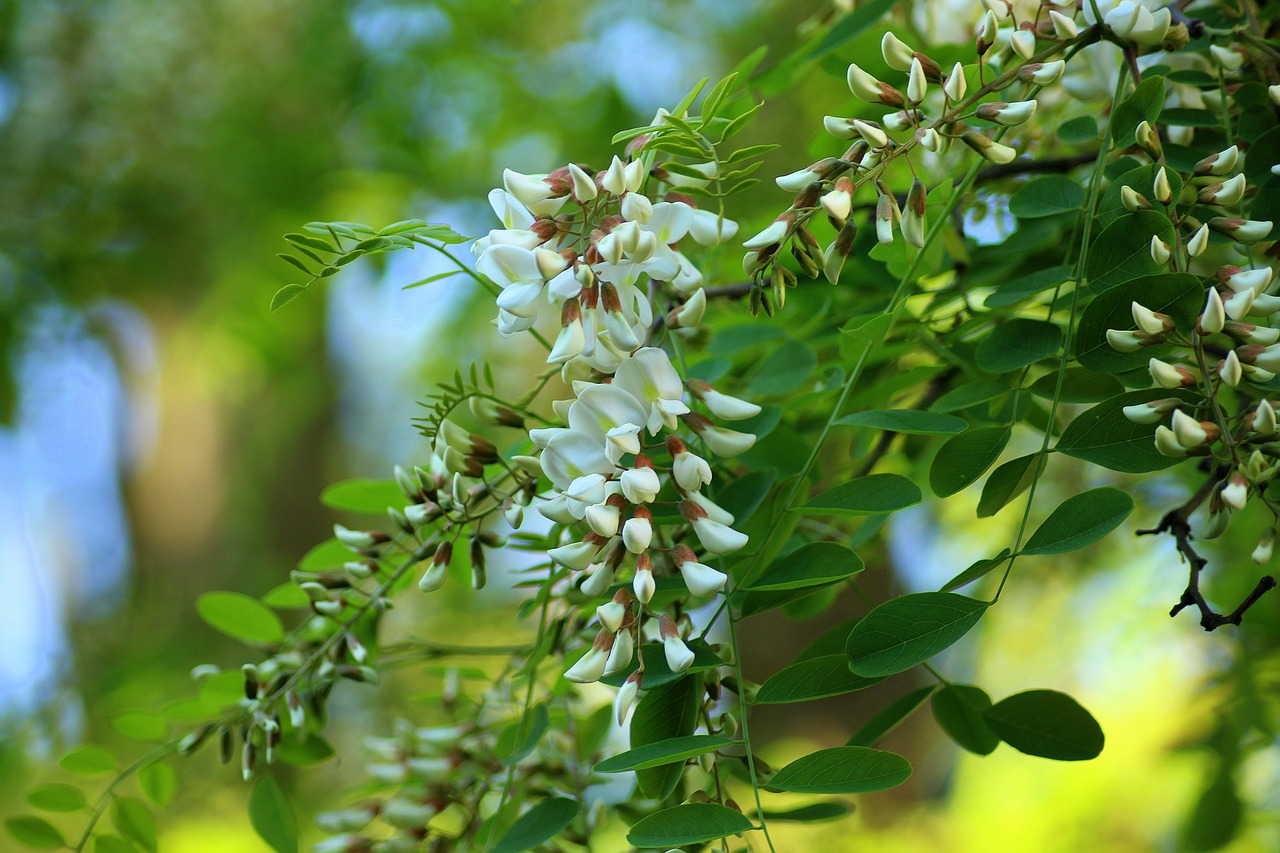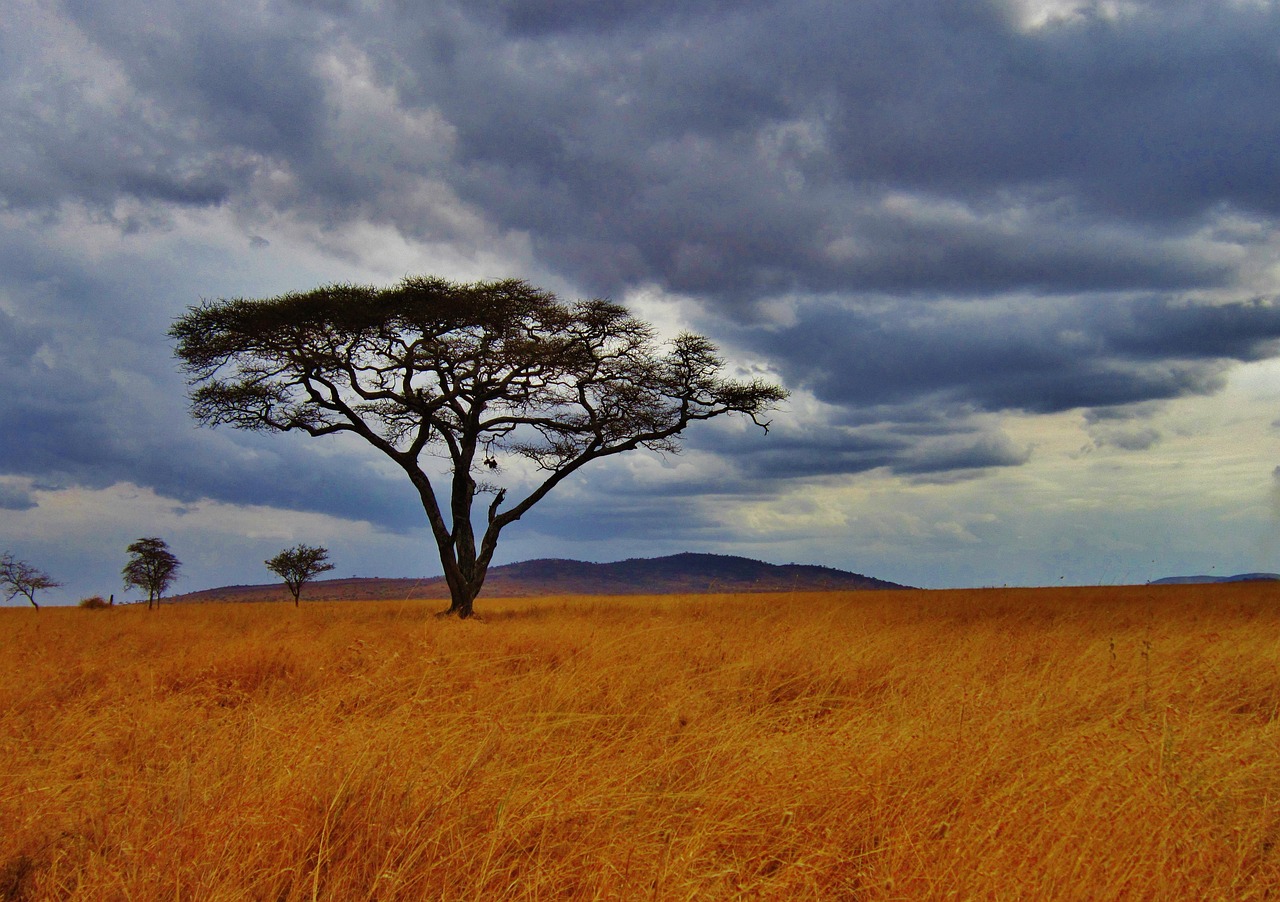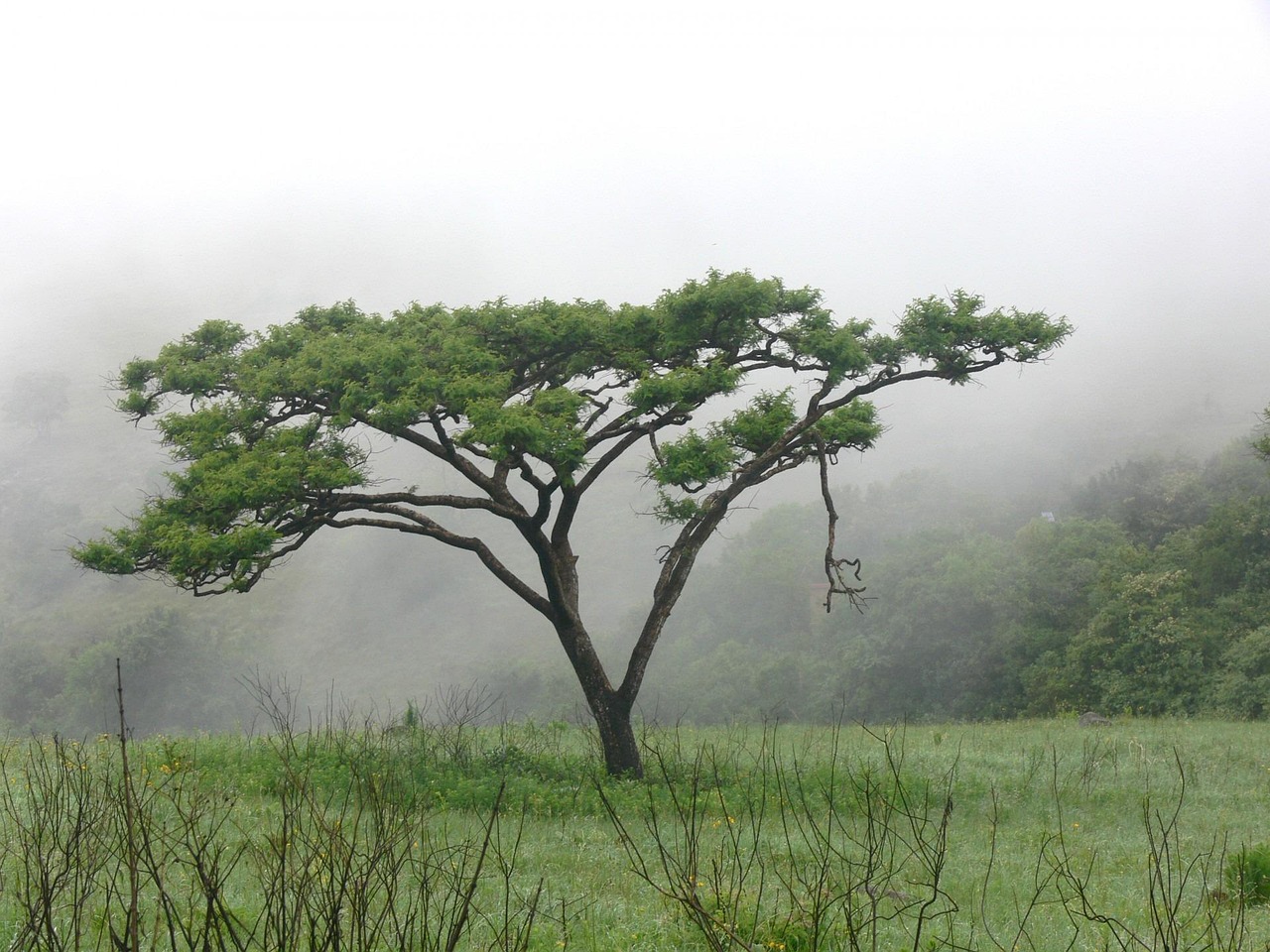Acacia trees are versatile and valuable for various uses, including timber, gum production, and ecological restoration. Their hardwood is sought after for furniture and flooring, while gum from specific species serves as a natural adhesive and thickening agent. Additionally, acacia trees play a vital role in promoting soil health and supporting biodiversity.
The Acacia genus encompasses a wide range of tree and shrub species, primarily found in tropical and subtropical regions. Known for their hardiness and adaptability, acacias thrive in diverse conditions, making them an essential part of many ecosystems. These trees not only provide valuable resources but also contribute to environmental stability.
One of the most significant uses of acacia trees is their timber. The wood is dense, durable, and resistant to pests, making it ideal for various construction purposes. Acacia timber is used in producing furniture, flooring, cabinets, and other decorative items. Its natural beauty often enhances the aesthetic appeal of the finished product.
Acacia wood is also favored in the manufacturing of musical instruments due to its acoustic properties. Instruments like guitars and drums benefit from the unique sound quality that acacia wood provides. Furthermore, the wood is increasingly used in outdoor applications like decking and fencing because of its resistance to weather and decay.
Gum Production

Another remarkable aspect of acacia trees is their ability to produce gum. Certain species, such as Acacia senegal and Acacia seyal, are well-known for their gum arabic, a natural gum made from the sap of the tree. Gum arabic has numerous applications, particularly in the food and beverage industry.
Gum arabic serves as a stabilizer, emulsifier, and thickening agent in various products. It is commonly found in soft drinks, confectionery items, and bakery goods. Beyond culinary uses, gum arabic is also utilized in cosmetics, pharmaceuticals, and even printing inks due to its adhesive properties.
| Acacia Species | Common Uses |
|---|---|
| Acacia senegal | Gum arabic production |
| Acacia koa | Furniture and musical instruments |
| Acacia mangium | Pulp and paper production |
Beyond their economic value, acacia trees play a critical ecological role. They are known for their nitrogen-fixing ability, enriching the soil and promoting growth in surrounding plants. This characteristic makes them popular choices for reforestation projects and land restoration efforts.
Furthermore, acacia trees provide habitats for numerous animal species. Their flowers attract pollinators, while their foliage offers shelter and nesting sites for birds and small mammals. The overall impact of these trees on biodiversity cannot be overstated.
In summary, the uses of acacia trees extend far beyond just timber and gum. Their contributions to both human industries and ecological health are profound. As we explore further into this topic, we will uncover more about the specific applications and benefits of acacia trees in various fields.
Economic Importance of Acacia Trees
The economic significance of acacia trees is vast, impacting various industries globally. Their unique properties enable them to be used in multiple sectors, ranging from construction to food production. Understanding these applications can highlight the value of acacia trees in both local economies and international markets.
Timber Industry
Acacia timber is highly prized for its durability and aesthetic appeal. The wood’s natural resistance to rot and pests makes it an ideal choice for various applications:
- Furniture Making: The beautiful grain of acacia wood is often used to create high-quality furniture, including tables, chairs, and cabinets.
- Flooring: Due to its hardness, acacia wood is popular for flooring solutions in residential and commercial properties.
- Crafts and Decor: Artisans frequently use acacia wood for handcrafted items, such as bowls, utensils, and sculptures.
The demand for acacia timber has led to sustainable harvesting practices in many regions, ensuring that forests are managed responsibly. This balance between economic gain and environmental stewardship is crucial for long-term sustainability.
Gum Arabic Production
Gum arabic, derived from certain acacia species, is a significant export product for many countries. Its production involves tapping the trees for sap, which then dries into a gum. The uses of gum arabic include:
- Food and Beverage Industry: As a natural emulsifier, gum arabic is widely used in soft drinks, candies, and baking products.
- Pharmaceuticals: It acts as a binding agent in tablets and as a stabilizer in liquid medications.
- Cosmetics: Gum arabic is used in various cosmetic formulations due to its thickening properties.
The economic impact of gum arabic production extends beyond just the farmers who harvest it. It supports entire communities and contributes to national economies, particularly in regions where alternative sources of income may be limited.
Cultural and Traditional Uses
Acacia trees hold cultural significance in many societies. They are often associated with traditions and customs that reflect their importance in daily life. Various cultures utilize acacia in unique ways:
- Medicinal Uses: In traditional medicine, different parts of the acacia plant are used to treat ailments such as coughs, fevers, and digestive issues.
- Ceremonial Uses: Acacia wood is often used in ceremonial objects, including masks and ritual items, symbolizing strength and resilience.
- Cultural Symbolism: In some cultures, acacia trees are symbols of endurance and protection due to their robust nature.
This cultural relevance adds another layer to the value of acacia trees, highlighting their role in preserving heritage and traditions.
Environmental Benefits
The environmental advantages of acacia trees are significant. Their growth contributes positively to ecosystems in several ways:
- Nitrogen Fixation: Acacias improve soil fertility by fixing nitrogen, which benefits surrounding plants.
- Erosion Control: The root systems of acacia trees help prevent soil erosion, especially in areas prone to land degradation.
- Biodiversity Support: Acacia trees provide habitats for various wildlife species, enhancing local biodiversity.
Their ability to thrive in challenging conditions also makes them suitable for reforestation projects. By planting acacias in degraded areas, communities can restore ecological balance while reaping economic benefits from timber and other products.
Overall, the comprehensive uses of acacia trees span across economic, cultural, and environmental realms. Each aspect underscores their significance in our lives and the ecosystems they inhabit.

Acacia Trees in Agroforestry
Acacia trees play a vital role in agroforestry systems, where they are integrated into agricultural landscapes. This practice offers numerous benefits that enhance both productivity and sustainability. By combining acacia with crops or livestock, farmers can create a more resilient agricultural system.
Benefits of Agroforestry with Acacia
Incorporating acacia trees into farming practices provides several advantages:
- Soil Improvement: The nitrogen-fixing abilities of acacias enrich the soil, leading to healthier crops and higher yields.
- Shade and Shelter: Acacia trees provide shade for crops and livestock, helping to reduce heat stress and improve animal welfare.
- Pest Control: The presence of acacia can attract beneficial insects that help control pest populations, reducing the need for chemical pesticides.
- Diverse Income Sources: Farmers can harvest timber, gum, and other products from acacia trees, diversifying their income streams.
The integration of acacia in agroforestry not only boosts productivity but also promotes ecological balance. It supports local biodiversity while providing economic opportunities for farmers.
Acacia Wood: Characteristics and Uses

The wood derived from acacia trees is renowned for its unique characteristics. Understanding these properties can help consumers appreciate its applications in various industries.
Physical Properties
Acacia wood is notable for its:
- Density: Acacia is a hardwood, making it denser than many other types of wood. This property contributes to its durability and strength.
- Color and Grain: The wood features beautiful hues, ranging from golden yellow to reddish-brown, with distinct grain patterns that enhance aesthetic appeal.
- Resistance: Acacia wood is naturally resistant to decay and pests, making it an ideal choice for both indoor and outdoor applications.
Common Uses of Acacia Wood
Due to its desirable properties, acacia wood is used in various applications:
- Furniture: Acacia is favored for crafting high-quality furniture due to its beauty and durability.
- Flooring: The wood’s hardness makes it suitable for flooring solutions that require longevity and resistance to wear.
- Kitchenware: Acacia is commonly used to make cutting boards, utensils, and bowls, prized for their aesthetic qualities and food-safe properties.
- Construction Materials: The strength of acacia wood makes it a viable option for structural components in buildings.
The versatility of acacia wood ensures its continued demand across various sectors, contributing to the economy while promoting sustainable forestry practices.
Acacia in Landscape Design
Acacia trees are increasingly being used in landscape design due to their attractive appearance and ecological benefits. Their adaptability allows them to thrive in many environments, making them a popular choice for urban and rural landscaping.
Aesthetic Appeal
The distinct foliage and flowering patterns of acacia trees add beauty to landscapes. They can be used as:
- Shade Trees: Offering relief from the sun while enhancing the visual appeal of parks and gardens.
- Screening Plants: Used to create privacy screens or windbreaks due to their dense growth habit.
- Feature Trees: Standalone specimens that serve as focal points in garden designs.
Ecosystem Contributions
In addition to their aesthetic value, acacias support local ecosystems by:
- Attracting Pollinators: Their flowers provide nectar for bees and other pollinators, supporting biodiversity.
- Providing Wildlife Habitat: The trees offer shelter and food sources for various bird species and small mammals.
The integration of acacia trees into landscape designs not only enhances beauty but also fosters ecological health, promoting a harmonious relationship between nature and human activities.
Challenges and Considerations in Acacia Management

While acacia trees offer numerous benefits, there are also challenges associated with their management and cultivation. Understanding these issues is crucial for sustainable use and conservation.
Invasive Species Concerns
Some acacia species, particularly those introduced outside their native ranges, can become invasive. This poses several risks:
- Displacement of Native Flora: Invasive acacias can outcompete local plant species, leading to a decline in biodiversity.
- Alteration of Ecosystems: Their rapid growth and spread can change soil composition and water availability, affecting other species.
- Management Costs: Controlling invasive acacia populations can be costly and labor-intensive for land managers and governments.
To mitigate these risks, it is essential to promote the use of native acacia species and implement proper management practices when planting acacias in new areas.
Sustainability Practices
To maximize the benefits of acacia trees while minimizing negative impacts, sustainable practices should be adopted:
- Responsible Harvesting: Implementing guidelines for harvesting timber and gum to ensure that forests remain healthy and productive.
- Reforestation Efforts: Encouraging the planting of acacias in degraded lands to enhance soil health and restore ecosystems.
- Research and Monitoring: Conducting ongoing research to understand the ecological impacts of acacia species and monitor their effects on local environments.
These practices not only support the health of ecosystems but also ensure that communities can continue to benefit economically from acacia trees.
The Future of Acacia Trees
The future of acacia trees appears promising, given their versatility and adaptability. As global awareness of environmental sustainability grows, the demand for sustainable timber and eco-friendly products will likely increase. Acacia trees can play a significant role in meeting these demands.
Innovation in product development is also expected to enhance the value of acacias. For instance, advancements in processing techniques can lead to improved uses for acacia wood and gum in various industries. Moreover, as research continues, new applications for acacia extracts may be discovered, benefiting sectors like pharmaceuticals and cosmetics.
Communities that depend on acacia trees for their livelihoods can further support their economic resilience by diversifying their product offerings. By engaging in agroforestry or value-added products, such as organic skincare items made with acacia gum, local economies can thrive sustainably.
Final Thoughts
The multifaceted uses of acacia trees highlight their importance in economic, ecological, and cultural contexts. From providing durable timber and valuable gum to enhancing biodiversity and supporting sustainable agriculture, acacias are integral to many systems worldwide. However, the challenges posed by invasive species and the need for sustainable management practices must be addressed to ensure that these benefits continue into the future.
As we move forward, fostering a greater understanding of the value of acacia trees will be essential. Encouraging responsible usage and conservation efforts will help maintain the ecological balance while optimizing the economic potential of these remarkable trees. The legacy of acacia trees is one that intertwines nature with human innovation, reminding us of the vital connection between our environment and our livelihoods.
